The Plant Doctor – Dr. Radko Tichavsky – February 2023
New Video from Dr. Radko Tichavsky!
In this video, renowned Agrohomeopath Dr. Radko Tichavsky explains Holohomeopathy, the more advanced method of agrohomeopathy: https://youtu.be/GUUoO6Lt-U8 (English subtitles)
Editor’s note: JT (Jenichen / Tichavsky) potency is often mentioned in these columns. It is a centesimal dilution followed by 500 succussions or five hundred continuous turns with a wooden stick to the right and 500 turns to the left (if handling larger volumes). The JT potency frequently has a better reaction in plants and it is very important in preparation of live bionosodes.
Dear Radko,
I’d like advice regarding the olive fruit fly (Bactrocera oleae) that seems to systematically affect olive fruit more and more these days. I’m aware that Dittrichia viscosa is particularly beneficial as it provides a habitat for the olive fly’s natural predators as well as species such as wild asparagus and fennel. Are there any other species that would be good to plant or perhaps you could recommend a homeopathic angle too.
Many thanks
James
Radko Tichavsky:
Dear James,
The fact that you are taking care of the Asparagus sp. and Ditrichia viscosa in your holon is very important, but to control the pest effectively you need to take more actions. Especially take care about the biodiversity of the predators of Bactrocera oleae, specifically spiders and earwigs (Dermaptera) and carabids (Carabidae).
In addition Scymnus mediterraneus, a coccinellid, which is responsible for up to 20% of the total number of Bactrocera oleae individuals subject to depredated is very important. One of the “ecological” applications used for insect control in olive trees is kaolin, but its applications cause serious damage to the spider community, specifically the Salticidae; these have the sharpest eyesight of all spiders and their ability to move and their fur that protects them from high solar radiation together with their ability to remain in the crown of olive trees is proverbial, but their sensitivity to kaolin makes them very vulnerable.
Of the Salticidae spiders you will surely observe Icius hamatus, Salticus sp. and Thyene imperialis. Also, another group of spiders called Thomisidae for example (Tmarus spp.) is important in the control of Bactrocera oleae.
Holohomeopathic treatment consists in capturing a specimen Icius hamatus (preferably female), prepare a mother tincture, let it extract for a week and then raise the dynamization to 4 CH potency. It is applied by spraying, and as an effect of the application, you will see in your trees an increase in the biodiversity of predatory spiders. You can alternate the applications with Scymnus mediterraneus 4 CH
Scymnus mediterraneus
Icius hamatus
Dear Dr Tichavsky,
You often suggest we use medicine 1, along with medicine 2 and 3 for a particular problem. For eg in Jan 2023 issue, for papaya black spots you advised: “You can apply Zincum metallicum 6 JT and Cuprum metallicum 6 JT together with Kalium phosphoricum 6 CH, and also you can apply live bionosode of Saccharomyces cerevisiae (brewer’s yeast) at 6 JT potency.”
Should we put all the medicines in same water solution (like polypharmacy) ? Or should we prepare three different solutions for the three medicines (Zinc met, Cuprum met, Kali phos)? If we prepare three different solutions for the medicines, are they to be sprayed on the same day or should there be a gap of a week etc?
Thanks a lot!
Guru Charan
Radko Tichavsky:
Dear Guru,
Zincum metallicum, Cuprum metallicum and Kalium phosphoricum can be applied as a polypharmaceutical, but as for live bionosode, it should be applied separately, as live bionosodes contain live microorganisms (yeast in this case) and combining it in the same application with Cuprum metallicum and Zincum metallicum (they are antifungal elements) would kill the yeast and the purpose of inoculation by means of live bionosode would be lost.
Homeopathic preparations dynamized in water must be applied within 24 hours and cannot be kept longer. It is also important to distinguish between dilution of homeopathy in water, and dynamization of homeopathy in water.
While diluting homeopathy it attenuates its effect. The dynamization (method recommended in my column) should include both dilution and succussions or their equivalent in turns that form vortexes and increase the action of the homeopathic preparations.
Hi Dr. Tichavsky,
Is there any suitable homeopathic remedy to protect seeds from ants during sowing? I live in south Greece.The climate here is mediterranean.We have little rainfall in winter and no rainfall in summer.Minimum temperature in winter is 5 celsius and maximum temperature in summer is 40 celsius. The seeds I’m interested in are sesame seeds and groundnut.
Thank you
Nick
Radko Tichavsky:
Hello Nick, seed collecting ants, such as the granivorous ants of the Messor family (e.g. Messor barbarus), are very active in the Mediterranean and can collect up to 80% of the seed. In nature their predators are spiders of the Zodarion family (e.g.Zodarion rubidum and Zodarion styliferum).
Zodarion sp.
But ants are not the only grain collectors in this cluster, as granivorous rodents (Mus spretus for example) also participate in this cluster.
Mus spretus
It has been studied that tillage operation after cereal harvest in July and another one before seeding the field in November, both with a chisel to a depth of around 20 cm, decreases the size of the colonies of Messor spp. and also decreases the intensity of their predation on seeds.
The seeds most commonly collected by Messor are the seeds of Anthemis arvensis, Hypochoeris glabra, Juncus bufonius, Lavandula stoechas, Leontodon taraxacoides, Lotus hispidus, Ornithopus compressus, Rumex acetosella, Trifolium glomeratum, and Vulpia muralis.
The most widespread specie of Messor in your country is Messor barbarus, which prefer seeds that range from 4 – 50 mg and preferably select long seeds. Messor barbarus increase nutrient content in the soil, especially potassium, organic matter and pH.
To repel ants you can use clove essential oil, cotton seed oil, Lemongrass oil, Peppermit oil, Pine oil, Rosemary oil or turpentine at a potency 6 CH. Also many plant essential oils exhibit repellency against ants, such as ylang ylang oil, nootka oil, mint oil, essential oils of Salvia sclarea, Capsicum annuum, Mentha canadensis, Mentha longifolia, Cedrus deodara, Pinus spp., Eucalyptus globosus, Artemisia carvifolia, Cymbopogon nardus, Cinnamomum cassia,Ilex purpurea in addition to Niaouli essential oil, purple perilla leaf essential oil, fructus, Cinnamon essential oil, all can be prepared at the 6 CH potency.
Also the use mixture of citrus peel extract, rosemary essential oil and thyme essential oil at 6 CH potency is effective.
Greetings Dr. Tichavsky,
What is the best approach to the gram pod borer in chickpeas? We live in Jaipur, India, 302005. Jaipur has a monsoon-influenced hot semi-arid climate with long, extremely hot summers and short, mild to warm winters.
Thank you
Saket
Radko Tichavsky:
Dear Saket, Helicoverpa armigera can be effectively combated with a homeopathic polypharmacological preparation of Annona muricata, Datura stramonium, Jatropha sp., Azadirachta indica, Parthenium sp. and Pongamia sp. at potency 4 JT. In the cold period, Helianthus anuus oil is used as an adjuvant and in the hot period, Opuntia ficus indica sap is used as an adjuvant.
Hello Dr. Tichavsky,
Some of my outside plants have been attacked by clouds of whiteflies. They’ve been terrible on the wild ginger and now on the Chelidonium majus plants. Before I try something else, can a homepathic remedy help me with this? How to apply?
I’m in Sheffield in the the U.K .(S11AA). The summers are comfortable and partly cloudy and the winters are long, very cold, windy, and mostly cloudy. Precipitation amounts to 830 millimeters (32.7 inches) per year
Thank you
Linda
Radko Tichavsky:
Dear Linda, the whitefly (Bemisia spp.) can be effectively combated with homeopathic preparations in the form of Lepidium sativum and Retama sp. homeopathic polypharmacy remedy. The mother tinctures are prepared with half volume of leaves and half volume of alcohol at 30%. They are left to extract for one week in a dark place and in a glass bottle with lid. Then they are dynamized at 3 CH potency and applied as a spray with a little olive oil as an adjuvant. It is important to apply it on the underside of the leaves in the evening.
BOOKS ON HOLOHOMEOPATHY
Many readers asked about Radko Tichavsky’s books. Below is a photo of them. They are available in Spanish, Italian and Portuguese. For ordering or information: [email protected]




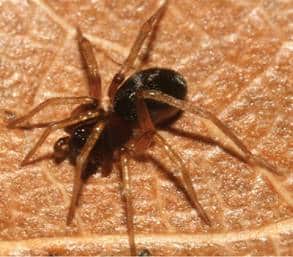
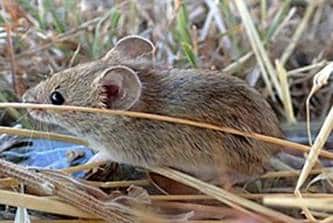
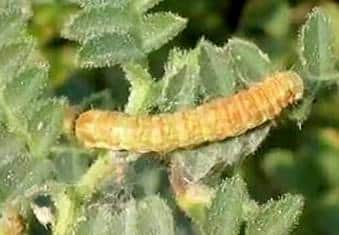
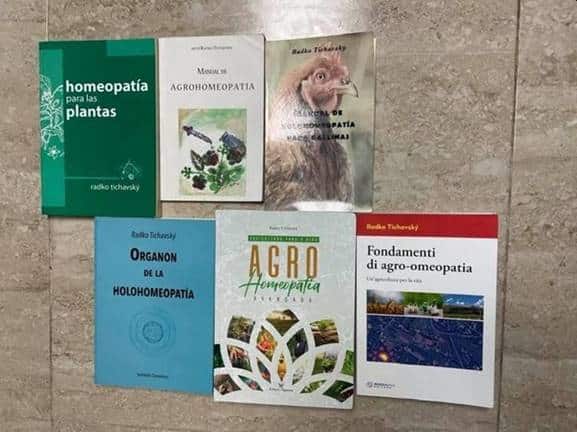
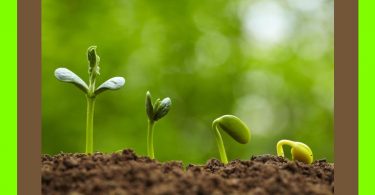

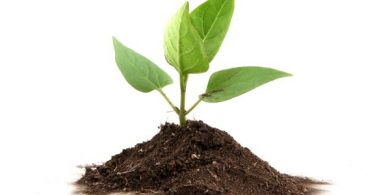

Dragon Fruit Plant Sun Burning, Plant Is Green To Yelo,Stim Are Effected. Fungus. Pls Suggest Remedies